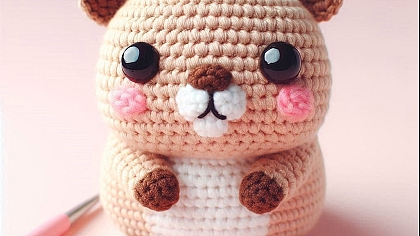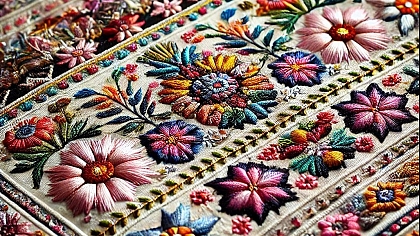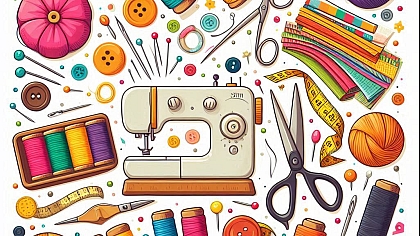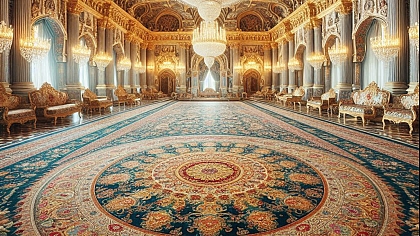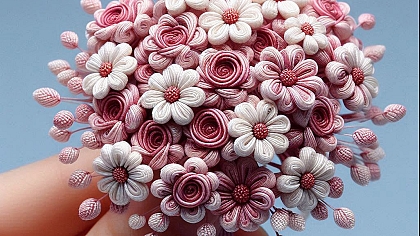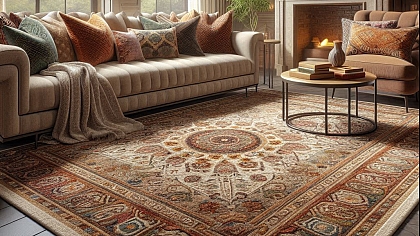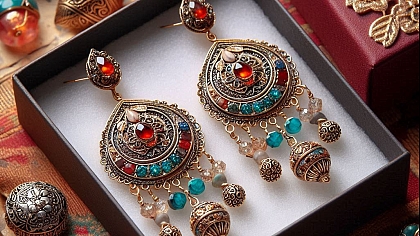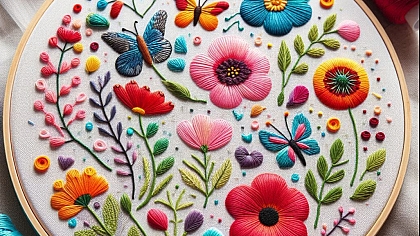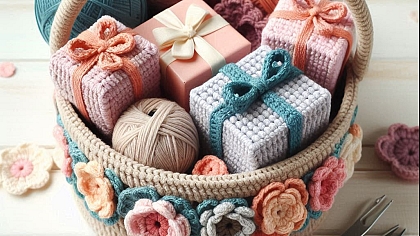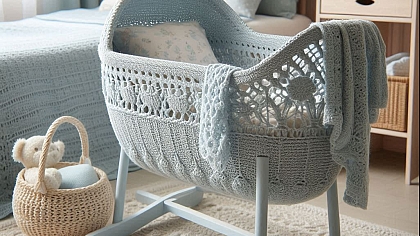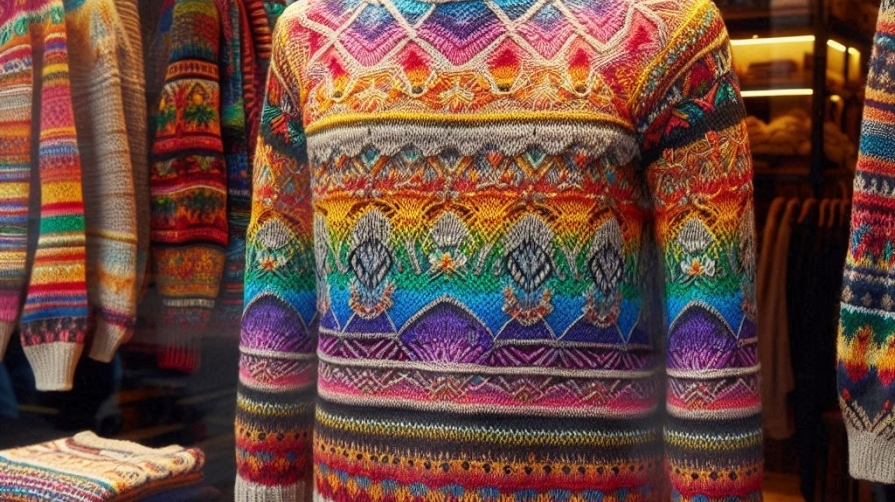
Exploring Colorwork: Techniques for Multi-Coloured Knitting
When a knitter picks up their needles and yarn, they embark on a journey of creation, one that can be as simple or as complex as they choose to make it. Among the myriad techniques that can add depth, texture, and visual interest to a project, colorwork stands out as one of the most versatile and rewarding. From the subtle play of shades in a Fair Isle sweater to the bold contrasts of intarsia, colorwork allows us to express ourselves in vibrant ways. But with this beauty comes a need for skill, patience, and a good understanding of the various methods available to us.
In this exploration of colorwork, we’ll delve into the techniques that allow knitters to bring multiple colors into their projects, adding that extra bit of magic to their creations. We’ll look at traditional methods like stranded knitting and intarsia, as well as some lesser-known techniques that can provide interesting alternatives or complement these tried-and-true approaches.
The Foundations of Colorwork
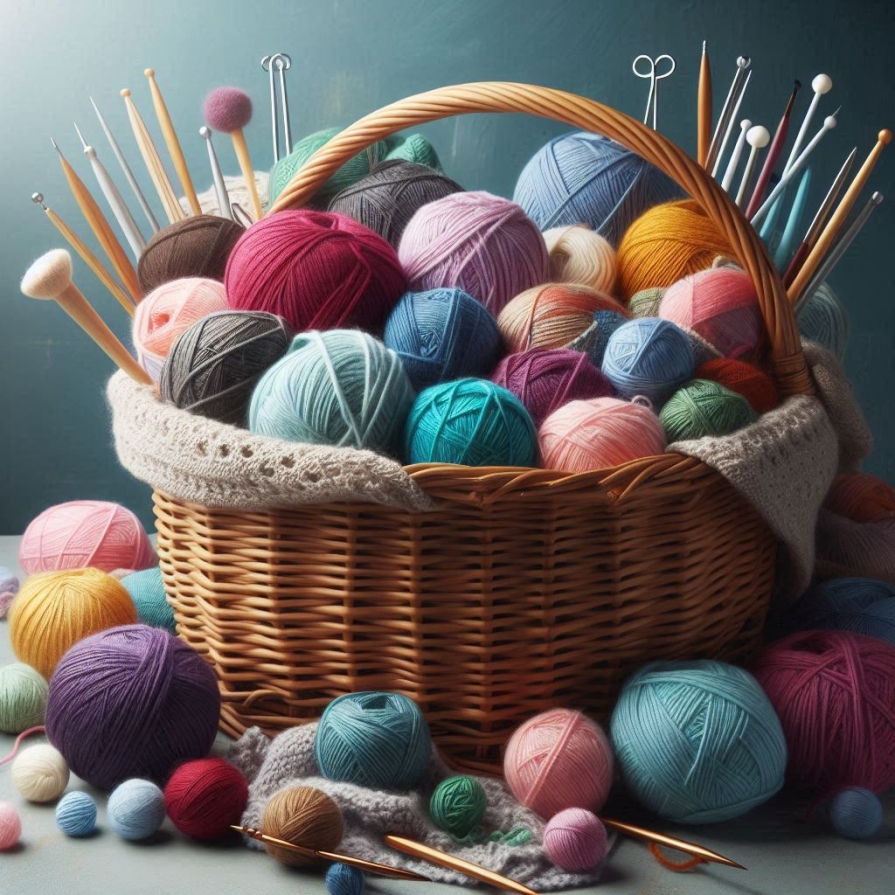
Before we get into specific techniques, it’s important to understand the foundational concepts of colorwork. At its core, colorwork involves working with more than one color of yarn in a single project, either by alternating colors within a row or round or by changing colors at the end of a row. The ways in which these colors are incorporated can vary widely, from the intricate and often complex patterns of stranded knitting to the more straightforward color blocking seen in intarsia.
One of the key challenges in colorwork is managing multiple yarns. This can involve carrying yarns behind the work, as in stranded knitting, or using separate balls of yarn for each block of color, as in intarsia. Understanding how to manage these different strands of yarn is crucial to achieving a neat, professional-looking finish.
The choice of yarn is another foundational element in colorwork. Yarn weight, fiber content, and color contrast all play significant roles in the final appearance of a colorwork project. For instance, using yarns of different weights can result in uneven tension and puckering, while poor color contrast can make intricate patterns difficult to see. When choosing colors, it’s often helpful to look at them under different lighting conditions and consider how they will interact with each other when knit up.
Stranded Knitting: The Art of Carrying Colors
Stranded knitting, also known as Fair Isle knitting, is perhaps the most well-known colorwork technique. It involves working with two or more colors in a single row or round, carrying the unused yarn behind the work as you go. This technique allows for the creation of intricate, multicolored patterns that can range from simple two-color designs to complex motifs involving multiple shades.
One of the key skills in stranded knitting is maintaining even tension across the carried yarn, also known as floats. If the floats are too tight, the fabric can pucker and lose its elasticity. If they are too loose, the fabric may become uneven, with unsightly loops of yarn on the wrong side of the work. A good rule of thumb is to spread out your stitches on the right-hand needle before catching the new yarn, ensuring that the float has enough slack to stretch with the fabric.
There are different ways to manage the strands in stranded knitting. Some knitters prefer to hold one yarn in each hand, using the left hand to carry the main color and the right hand for the contrast color. This method, known as two-handed or two-color knitting, allows for quick color changes and can help maintain even tension. Others prefer to drop and pick up each yarn as needed, which can be slower but may offer more control over the tension of each strand.
Another important consideration in stranded knitting is the length of the floats. For floats longer than five stitches, it’s usually advisable to catch the yarn in the middle of the float to prevent it from sagging or snagging. This can be done by bringing the unused yarn over the working yarn and then under it again before continuing with the next stitch. It’s essential to be mindful when catching floats, as doing so too frequently or unevenly can affect the elasticity and appearance of the fabric.
Stranded knitting is often associated with traditional Fair Isle patterns, which typically use a limited palette of colors and repeat geometric motifs. However, the technique can be applied to a wide range of designs, from modern abstract patterns to pictorial motifs. The possibilities are nearly endless, limited only by the knitter’s imagination and skill.
Intarsia: Creating Blocks of Color
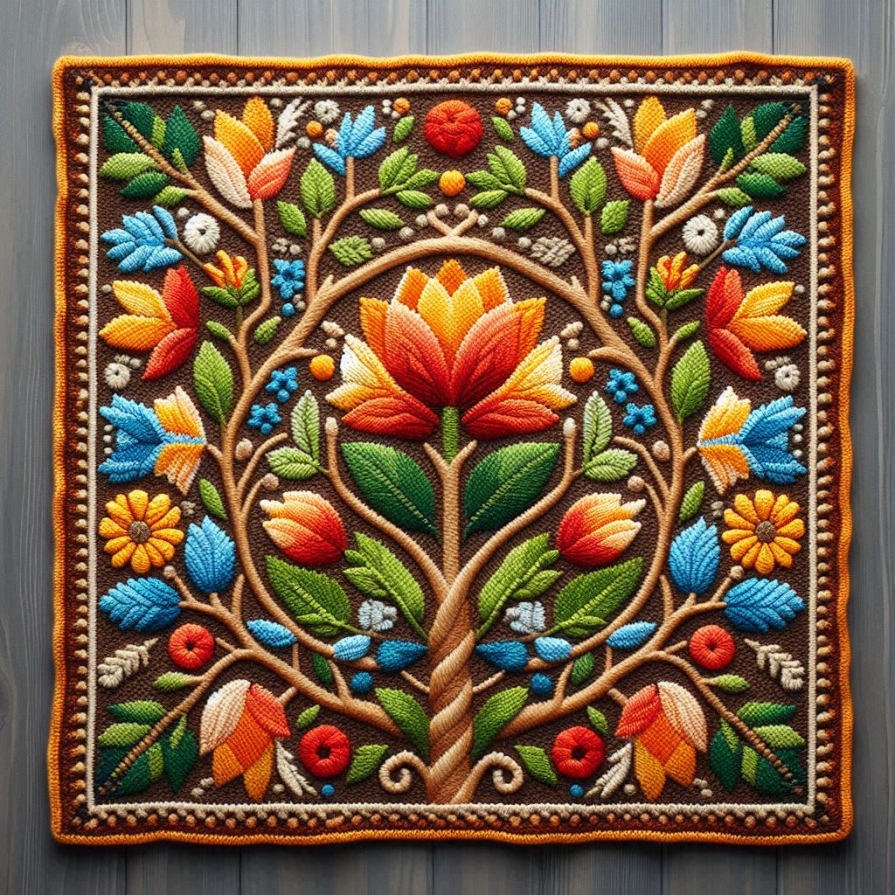
Intarsia is another popular colorwork technique, but it differs significantly from stranded knitting. Instead of carrying colors across the back of the work, intarsia involves working each block of color with its own separate ball or bobbin of yarn. This allows for large blocks of color and is ideal for designs with distinct, non-repeating motifs, such as pictures or geometric shapes.
One of the challenges of intarsia is managing the multiple balls or bobbins of yarn. It’s important to keep the yarns from tangling, which can be tricky, especially when working with many colors. Some knitters find it helpful to keep their yarns organized by placing them in separate containers or using yarn holders designed to prevent tangling.
When changing colors in intarsia, it’s crucial to twist the yarns around each other at the color change to avoid leaving holes in the fabric. This is done by bringing the new yarn up from underneath the old yarn, creating a twist that locks the two colors together. This twist should be snug but not too tight, as it needs to allow the fabric to remain flexible and even.
Intarsia is often used for large, bold designs, such as color blocks in a sweater or a pictorial motif on a blanket. However, it can also be combined with other techniques, such as stranded knitting or duplicate stitch, to add more detail or texture to a design. One of the advantages of intarsia is that it produces a lightweight, single-layer fabric, making it a good choice for garments or accessories where you want to avoid the bulk of stranded knitting.
Double Knitting: Two-Sided Colorwork
Double knitting is a technique that allows you to create a reversible fabric with two layers, each showing a mirror image of the other. This technique is often used for scarves, blankets, or other projects where both sides of the fabric will be visible. While it can be more time-consuming than other colorwork methods, the results are well worth the effort, with a dense, warm fabric that has no wrong side.
In double knitting, each stitch is worked in pairs, with one stitch forming the front layer and the other forming the back layer. The two layers are knit simultaneously, with the yarns being switched between the front and back layers as needed to create the pattern. This means that you need to be comfortable managing two yarns at once, much like in stranded knitting.
One of the challenges of double knitting is keeping track of the pattern, as each row is effectively worked twice, once for each layer. It’s important to follow the chart or instructions carefully and to count your stitches regularly to ensure that both layers are being worked correctly. Some knitters find it helpful to use stitch markers to keep track of pattern repeats or to place a marker between the front and back layers to help keep them separate.
Double knitting can be used to create a wide range of patterns, from simple two-color designs to more complex motifs involving multiple colors. Because the fabric is reversible, it’s important to consider how the pattern will look from both sides. Some patterns are designed to look identical from both sides, while others may create a different effect on the reverse side.
One of the advantages of double knitting is that it produces a thick, warm fabric that is ideal for winter accessories or home décor items. It’s also a great way to showcase your colorwork skills, as the technique allows for intricate patterns and clean, even edges.
Slip Stitch Colorwork: Simplicity and Style
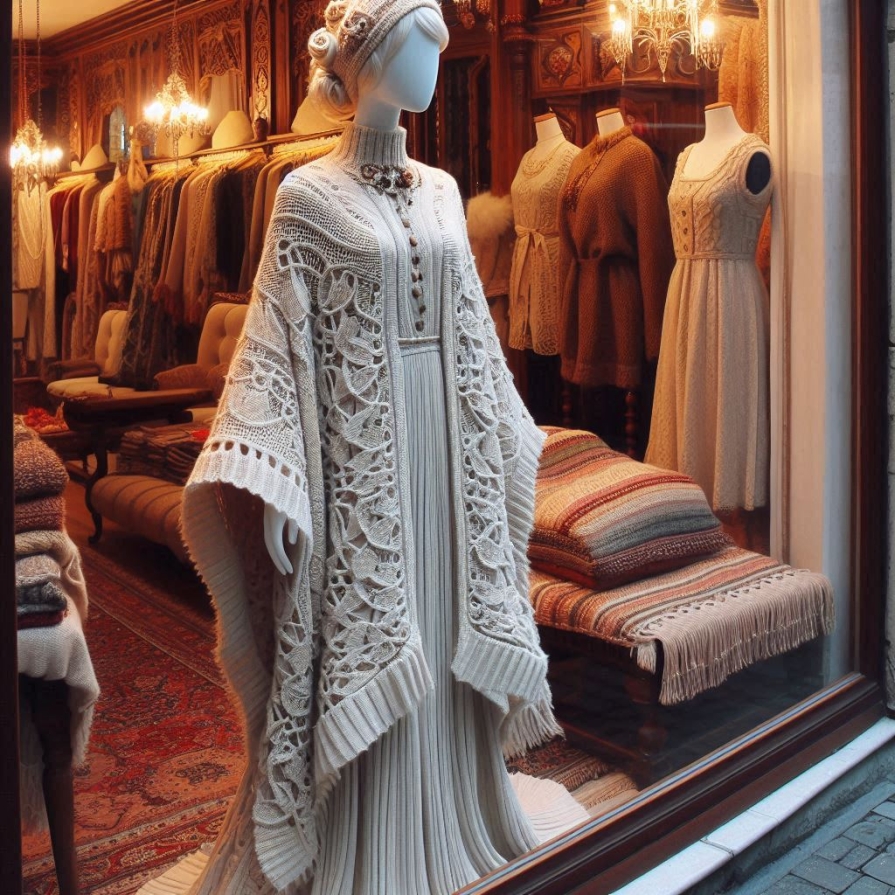
Slip stitch colorwork, also known as mosaic knitting, is a technique that creates the appearance of complex color patterns without the need to carry multiple yarns across the back of the work. Instead, the effect is achieved by slipping stitches from the previous row while working with a single color of yarn. This makes it a great option for knitters who want to explore colorwork without the complexity of stranded knitting or intarsia.
In slip stitch colorwork, only one color is used per row or round, and stitches of the contrasting color are slipped, allowing the yarn from the previous row to create the color pattern. This technique can be used to create a wide range of geometric patterns, from simple stripes to intricate motifs. The result is a textured fabric with a bold, graphic look.
One of the advantages of slip stitch colorwork is that it’s relatively simple to work, even for beginners. Because you’re only working with one color at a time, there’s no need to manage multiple yarns or worry about tension issues. This makes it a great way to ease into colorwork, especially if you’re intimidated by more complex techniques.
However, there are a few things to keep in mind when working slip stitch colorwork. First, because some stitches are slipped, the fabric can become less elastic than in other forms of knitting. It’s important to knit loosely and to consider using a larger needle size than you would for plain knitting to avoid a stiff, tight fabric.
Another consideration is that slip stitch colorwork tends to create a denser, less stretchy fabric than other techniques, making it a good choice for items like hats, cowls, or bags, where structure is more important than drape. It’s also worth noting that this technique works best with high-contrast colors, as the slipped stitches need to stand out against the background color to create the desired effect.
Brioche: A Lush and Luxurious Colorwork Technique
Brioche knitting is a technique that creates a thick, squishy fabric with a pronounced ribbed texture. When worked in two colors, brioche
knitting produces a striking reversible fabric, with one color dominating on each side. This makes it a popular choice for scarves, shawls, and other accessories where both sides will be visible.
In two-color brioche, each row is worked twice, once with each color. The first pass of the row is worked with the main color, and the second pass is worked with the contrast color. This creates a deeply textured fabric with a lot of visual interest, as the two colors blend together in a way that’s unique to brioche knitting.
One of the challenges of brioche knitting is that it requires a different set of techniques than traditional knitting. Instead of working standard knit and purl stitches, brioche involves working a series of slipped stitches and yarn overs, which are then knit or purled together in the following row. This can take some getting used to, but once you’ve mastered the basics, the technique is quite addictive.
Brioche knitting is also more time-consuming than other colorwork techniques, as each row must be worked twice. However, the results are well worth the effort, with a fabric that is both luxurious and visually stunning. The reversible nature of brioche makes it ideal for projects where both sides of the fabric will be visible, such as scarves or blankets.
Another advantage of brioche is that it is highly forgiving when it comes to tension. The technique creates a stretchy fabric that is very forgiving of minor tension issues, making it a good choice for beginners who are still working on perfecting their tension. However, it’s important to use yarns that have good elasticity and memory, as the fabric’s structure relies on these properties.
Combining Techniques for Unique Effects
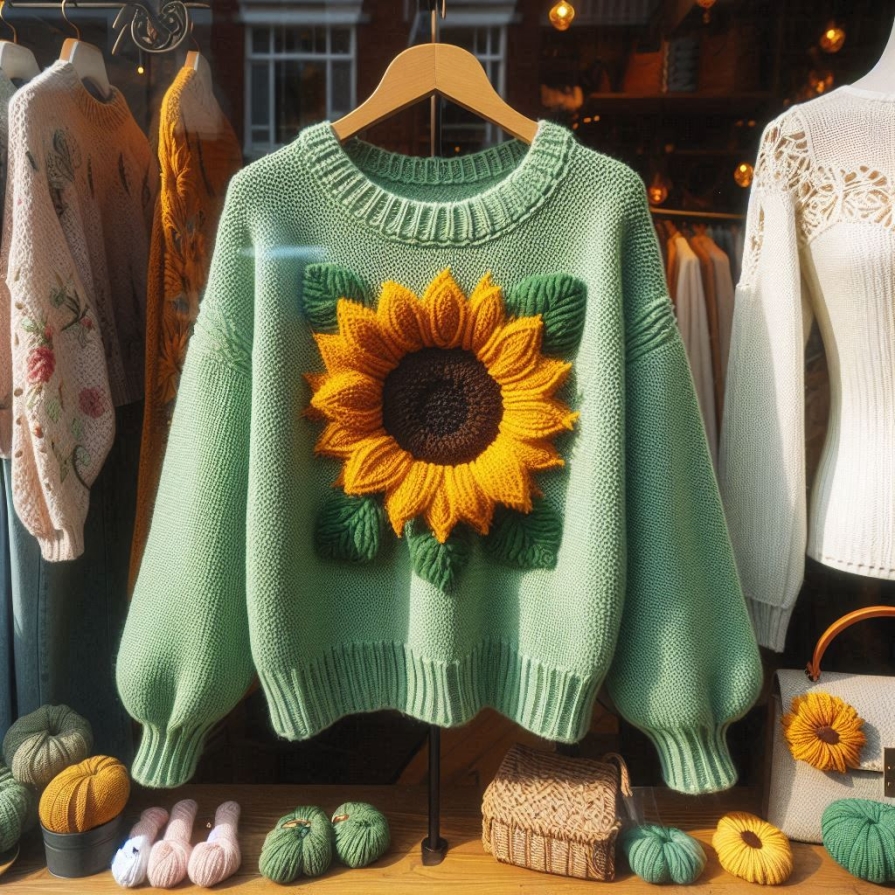
While each of these colorwork techniques can be used on its own to create beautiful knitted projects, they can also be combined in creative ways to produce unique and eye-catching effects. For example, you might use intarsia to create large blocks of color and then add detail with stranded knitting or slip stitch colorwork. Or, you could use brioche for the main body of a project and add a border in double knitting for a striking contrast.
When combining techniques, it’s important to consider how they will interact with each other in terms of tension, fabric density, and visual impact. Some techniques, like stranded knitting and double knitting, create thicker, less stretchy fabrics, while others, like brioche and slip stitch colorwork, produce more flexible, elastic fabrics. Mixing these techniques in a single project can create interesting textural contrasts, but it’s important to swatch carefully and adjust your gauge as needed to ensure a cohesive finished piece.
Color choice is also crucial when combining techniques. Consider how the colors will interact in each technique and how they will look together in the finished project. High-contrast colors can create a bold, graphic effect, while more subtle contrasts can produce a softer, more blended look. Don’t be afraid to experiment with different color combinations and techniques to find the combination that works best for your project.
Colorwork is a vast and versatile area of knitting that offers endless possibilities for creativity and expression. Whether you’re drawn to the intricate patterns of stranded knitting, the bold blocks of intarsia, or the lush texture of brioche, there’s a colorwork technique that’s perfect for your next project. By understanding the different techniques and how they can be combined, you can take your knitting to new heights and create pieces that are not only functional but also beautiful works of art.

